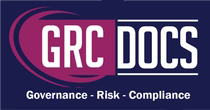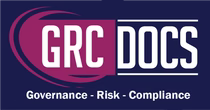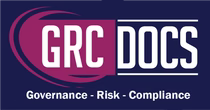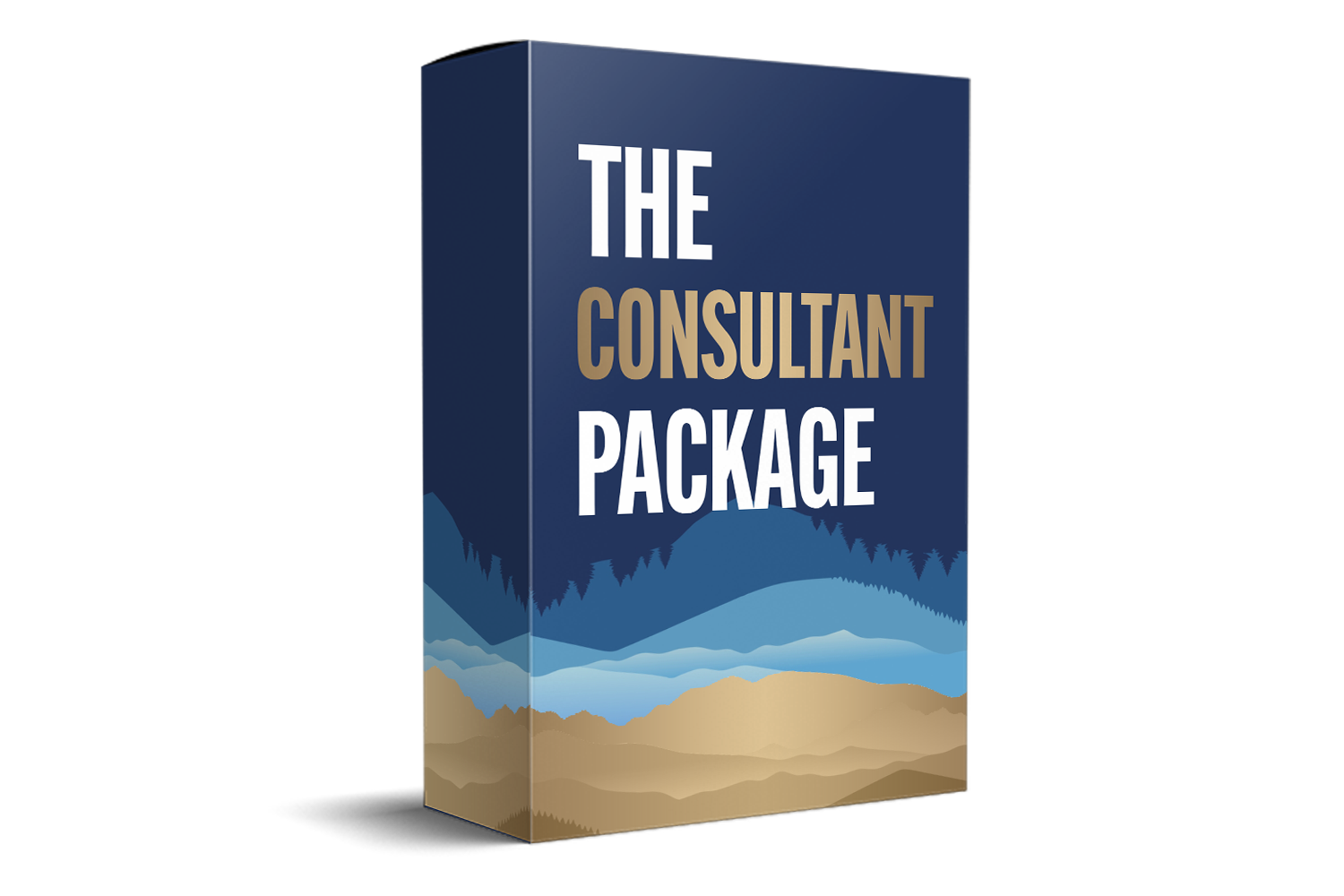Choosing The Right NIST Compliance Software – Features & Tips
Introduction
In today's interconnected digital landscape, businesses increasingly rely on third-party vendors and suppliers. While these relationships can drive efficiency and innovation, they also introduce significant risks. This is where vendor risk management software comes into play, particularly solutions compatible with the National Institute of Standards and Technology (NIST) guidelines. As businesses expand their digital ecosystems, the complexity of managing these external relationships grows, necessitating robust tools and frameworks to mitigate associated risks effectively.

Why Vendor Risk Management Is Essential
Inadequate vendor risk management can lead to data breaches, compliance violations, and operational interruptions. Implementing a robust risk management strategy helps protect your business from these potential threats and maintains the trust of your customers and stakeholders. Furthermore, in an era where data privacy and security are paramount, failing to manage vendor risks can result in significant financial and reputational damage. Companies that prioritize vendor risk management are better positioned to navigate regulatory landscapes and maintain competitive advantages in their respective industries.
The Role Of NIST In Risk Management
The National Institute of Standards and Technology (NIST) provides a comprehensive framework for managing cybersecurity risks. NIST guidelines are widely recognized and adopted across various industries to ensure robust risk management practices. These guidelines serve as a foundational tool for organizations striving to enhance their cybersecurity posture by offering a systematic approach to identifying and mitigating risks. By aligning with NIST standards, businesses can ensure they meet industry benchmarks and regulatory requirements, fostering a culture of security and accountability.
Key Components Of NIST Guidelines
NIST guidelines focus on five core functions: Identify, Protect, Detect, Respond, and Recover. These functions are designed to help organizations manage and reduce cybersecurity risks in a structured manner. Each function encompasses specific activities that help streamline risk management processes, providing a clear pathway for organizations to follow. For instance, the Identify function involves understanding the business context and resources, while Protect emphasizes safeguarding critical infrastructure services. Together, these functions create a comprehensive approach to cybersecurity, allowing organizations to respond effectively to threats and recover from incidents.
Features Of NIST-Compatible Vendor Risk Management Software
Vendor risk management software that aligns with NIST guidelines offers several features to help businesses manage risks effectively. These tools are designed to provide a structured approach to evaluating and mitigating vendor risks, ensuring that organizations can maintain compliance and operational efficiency. By leveraging these features, businesses can enhance their risk management capabilities and respond more effectively to emerging threats.
-
Automated Risk Assessment: Automated risk assessment tools streamline the process of evaluating vendor risks, saving time and reducing human error. These tools use algorithms to analyze data and provide a comprehensive risk profile for each vendor. By automating this process, organizations can conduct more frequent assessments, ensuring that potential risks are identified and addressed promptly. Additionally, automated tools can adapt to changes in the vendor landscape, providing dynamic insights that help businesses stay ahead of potential threats.
-
Continuous Monitoring: Continuous monitoring features allow businesses to keep track of vendor activities and identify potential risks in real-time. This proactive approach helps in addressing issues before they escalate into significant problems. By maintaining constant vigilance, organizations can detect anomalies and suspicious activities early, enabling swift response actions. Continuous monitoring also fosters a culture of transparency and accountability, as vendors are aware that their activities are being consistently reviewed and evaluated.
- Compliance Management: NIST-compatible software ensures compliance with industry standards and regulations. It helps businesses manage and document compliance efforts, making it easier to demonstrate adherence during audits. This feature not only simplifies audit processes but also reduces the risk of non-compliance penalties. By providing a clear audit trail, compliance management tools enhance transparency and accountability, allowing organizations to build trust with regulators and stakeholders alike.
Benefits Of Using NIST-Compatible Risk Management Solutions
Implementing a vendor risk management solution that aligns with NIST guidelines offers numerous benefits. These solutions provide a structured approach to managing vendor risks, enhancing both security and operational efficiency. By adopting NIST-compatible tools, organizations can ensure that their risk management strategies are aligned with industry best practices and regulatory requirements.
-
Enhanced Security: By following NIST guidelines, businesses can enhance their security posture, reducing the likelihood of data breaches and other cybersecurity incidents. This structured approach to risk management helps organizations identify and address vulnerabilities before they can be exploited. Enhanced security measures also bolster customer confidence, as stakeholders are reassured that their data is being protected by industry-standard practices.
-
Improved Vendor Relationships: Effective vendor risk management fosters better relationships with suppliers. By clearly communicating expectations and maintaining transparency, businesses can build trust and collaboration with their vendors. This trust is essential for fostering long-term partnerships that drive mutual success and innovation. Improved vendor relationships also facilitate smoother negotiations and conflict resolution, as both parties have a clear understanding of their roles and responsibilities.
- Streamlined Processes: NIST-compatible software automates many aspects of vendor risk management, streamlining processes and reducing the administrative burden on your team. By automating routine tasks, organizations can allocate resources more efficiently, focusing on strategic initiatives rather than administrative chores. Streamlined processes also enhance agility, allowing businesses to respond swiftly to changes in the vendor landscape and emerging threats.
Selecting The Right Vendor Risk Management Software
Choosing the right vendor risk management software is crucial for ensuring effective risk management. Here are some factors to consider when selecting a solution. Understanding these factors can help organizations align their risk management strategies with their overall business objectives, ensuring both compliance and operational efficiency.
-
Compatibility with NIST Guidelines: Ensure the software aligns with NIST guidelines, providing a structured approach to risk management that meets industry standards. This alignment is critical for maintaining compliance and ensuring that risk management practices are consistent with industry benchmarks. By choosing NIST-compatible solutions, organizations can streamline their risk management processes and enhance their overall security posture.
-
User-Friendly Interface: A user-friendly interface makes it easier for your team to navigate the software and utilize its features effectively. Look for solutions that offer intuitive dashboards and easy-to-understand reporting. A simple and engaging user interface can enhance user adoption and reduce training time, allowing teams to focus on strategic initiatives. Additionally, accessible interfaces facilitate collaboration, enabling cross-functional teams to work together seamlessly on risk management tasks.
-
Scalability: Choose a solution that can grow with your business. As your organization expands, your vendor risk management software should be able to accommodate additional vendors and increased data. Scalability ensures that your risk management processes remain effective, even as your vendor network and data volumes grow. By selecting scalable solutions, organizations can future-proof their risk management strategies and maintain operational efficiency as they expand.
- Customer Support: Reliable customer support is essential for addressing any issues that may arise. Look for vendors that offer comprehensive support services, including training and troubleshooting assistance. Robust customer support ensures that your team can maximize the benefits of the software, addressing any challenges swiftly and efficiently. Additionally, strong support services can enhance user satisfaction, fostering a positive experience with the vendor risk management solution.
Implementing Vendor Risk Management Software
Implementing vendor risk management software involves several steps to ensure a smooth transition and effective risk management. By following a structured implementation plan, organizations can maximize the benefits of their chosen solution and enhance their overall risk management capabilities.
-
Assess Your Needs: Begin by assessing your organization's specific needs and risk management requirements. This will help you select the right software features and functionalities. Understanding your unique risk landscape and business objectives is critical for selecting a solution that aligns with your strategic goals. A thorough needs assessment can also identify potential gaps in your current risk management processes, providing a roadmap for improvement.
-
Train Your Team: Provide training for your team to ensure they understand how to use the software effectively. This will help maximize the benefits of your vendor risk management solution. Comprehensive training programs should cover both the technical aspects of the software and its strategic applications, ensuring that users are equipped to leverage the tool effectively. Ongoing training and development opportunities can also enhance user proficiency and drive continuous improvement.
- Monitor and Evaluate: Regularly monitor and evaluate the performance of your vendor risk management software. This will help you identify areas for improvement and ensure your risk management strategy remains effective. Continuous evaluation allows organizations to adapt to changes in the risk landscape and refine their strategies as needed. By maintaining a culture of continuous improvement, businesses can ensure that their risk management practices remain aligned with industry best practices and evolving threats.
Conclusion
Vendor risk management is a critical component of a comprehensive risk management strategy. By implementing NIST-compatible vendor risk management software, businesses can effectively manage vendor-related risks, enhance security, and maintain compliance with industry standards. With the right solution in place, your organization can build stronger vendor relationships and safeguard its operations against potential disruptions. A proactive approach to vendor risk management not only protects your business but also positions it for long-term success in an increasingly complex digital landscape.






